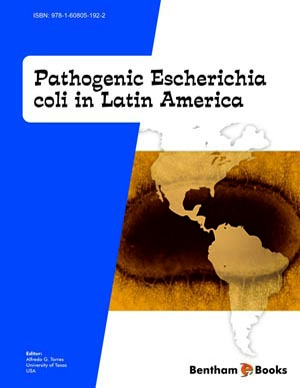Abstract
SHS investigation development is considered from the geographical and historical viewpoint. 3 stages are described. Within Stage 1 the work was carried out in the Department of the Institute of Chemical Physics in Chernogolovka where the scientific discovery had been made. At Stage 2 the interest to SHS arose in different cities and towns of the former USSR. Within Stage 3 SHS entered the international scene. Now SHS processes and products are being studied in more than 50 countries.
Abstract
Escherichia coli are Gram-negative bacteria found as normal commensal flora in the gastrointestinal tract. As a pathogen, E. coli are the most frequent causes of bacterial infections, including urinary tract infections, diarrheal disease, and other clinical infections such as neonatal meningitis, pneumonia and bacteremia. At least six different categories of pathogenic E. coli causing enteric infections have been identified and further characterized. In Latin America, as well as many other developing countries, diarrheal infections caused by E. coli remain an important cause de infant morbidity - mortality. Due to the appearance of the highly virulent strain of E. coli of serotype O157:H7 in the US and Canada in the 1980’s, and subsequently in other Latin American countries, there is an increase need for accurate testing for this and other pathogenic E. coli strains, substantially enhancing detection of virulent strains and, therefore, facilitating identification of sporadic E. coli infections and outbreaks.
Recommended Chapters
We recommend

Authors:Bentham Science Books


 Download PDF Flyer
Download PDF Flyer



